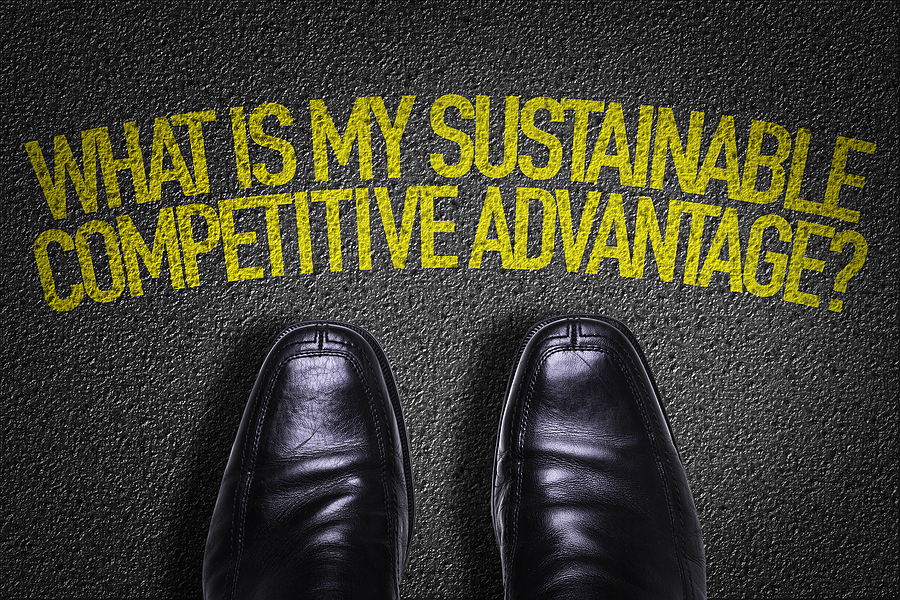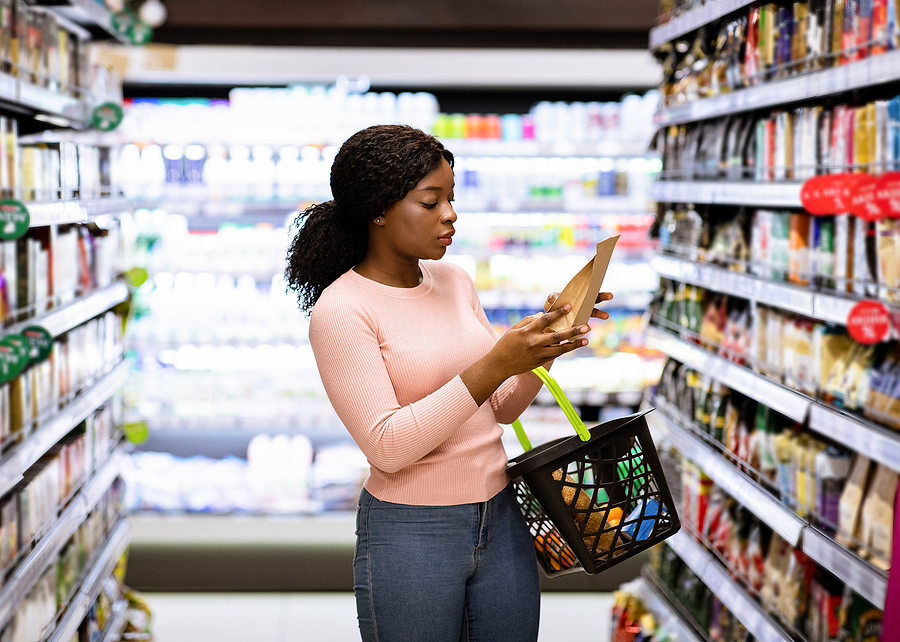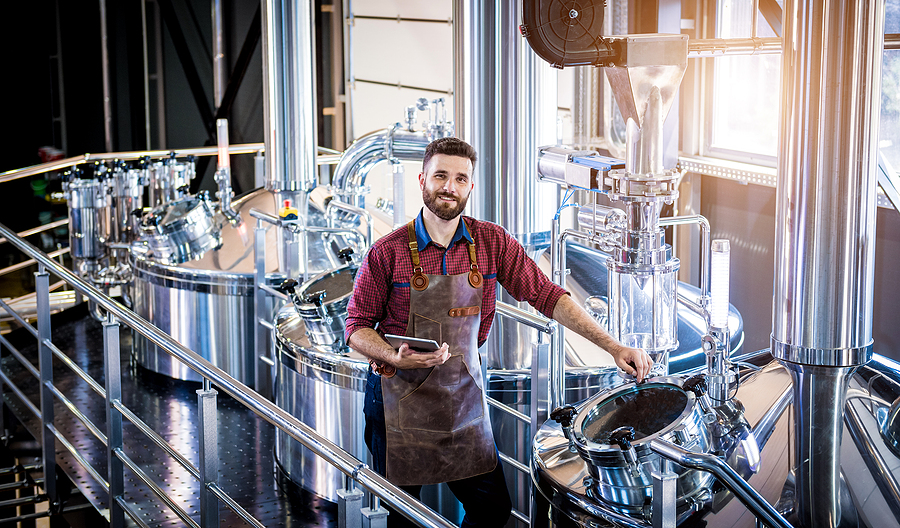
Why your “why” is vital to brand competitive advantage
July 6th, 2023 Posted by Emergent Behavioral psychology, brand advocacy, brand marketing, brand messaging, Brand preference, Brand trust, Emotional relevance, Higher Purpose, Insight, Strategic Planning 0 comments on “Why your “why” is vital to brand competitive advantage”Doing business in the era of higher purpose and beliefs
As a brand builder focused on burnishing your organization’s most vital asset, your business goal isn’t to convince and persuade customers to buy. Consumers, weary of persuasion tactics and overt brand promotion, quickly dismiss those efforts with a simple click. To pass through the gatekeeping gauntlet, brands need to understand what consumers really want from you – and it’s not more of the same. Rather, your brand marketing goal is to inspire. You might agree motivating people isn’t easy. Thus, why you can’t build a community of committed users and devout brand evangelists by promoting improved formulations and recipes.
Yet so often we find brands preoccupied with their slightly better product mousetrap, thinking enhanced features and benefits comprise the alluring magnet to fuel growth. Not so. Instead, you are navigating in a mental and emotional ocean between the rational and the heart.
Giving people a sense of purpose, deeper meaning and belonging lie at the foundation of every sustainable brand-to-consumer relationship.
The incredible power of “why”
In the early editions of The Fast and The Furious movie franchise we witnessed the recurring testosterone-amped challenges of street racing. Inevitably, as our hero races neck and neck towards the finish line, a canister is activated next to the console that injects Nitrous Oxide into the engine. Boom, an incredible burst of horsepower slingshots our intrepid protagonist across the finish line, literally blowing the competition away.
The NOS (Nitrous Oxide System) is a secret acceleration amplifier that supercharges engine output, thus burying the other racers in a cloud of oxygenated dust. Today similar competitive advantage exists for brands that tune their value proposition with an advanced power generator of relevance and resonance. The NOS of brand marketing is a different kind of “air and fuel” chemistry, founded on an emotional alchemy of mission, meaning and values.
Just like engines of a certain size generate similar levels of horsepower, food and beverage brands focused on claims of superior taste cancel each other out because great taste is table stakes. On a technical formulation level, products in most categories are nearly identical. Competitive advantage based on assertions of technical wizardry isn’t sustainable because everyone brandishes the same wand. Literally everything we eat or drink can be reverse engineered to deliver comparable taste and texture performance.
“Why” is the catalyst for authentic relationships with your users
Here’s the news: the consumers’ worldview has changed – and relating to a brand is now fundamentally the same thing as relating to a person. When you refine and invest in brand purpose and mission, it creates an opportunity to achieve transcendence – the state of being admired – where consumers “join” your brand as members, not merely customers.
Meaning, in order to secure significant financial premiums, sustainable brand relationships must be built first on their admiration and trust of your brand. As evidence of the shift, brand advocacy is now a more important and relevant goal than loyalty.
Of note, this representation of goodwill can be isolated as a component of business value. It can result in higher margins or traffic. Moreover, deeper relationships with consumers will ultimately help reduce the cost of promotion, improving ROI and bottom-line performance. This happens because you are no longer relying on a constant (expensive) drumbeat of self-promotion to refire fleeting, fickle attention spans.
Businesses built on “why” understand that brand relationships work best on the basis of true, authentic reciprocity and humanity. Consequently, they are not superficial, opportunistic or purely transactional. In order to mine the advantages of sustainable brand relationships, marketers have a responsibility to push added meaning, trust and belief to the forefront of the relationship. This insight forms the basis for sound strategic planning.
- Consumers expect premium food and beverage solutions to meet their great taste requirement. Competitive marketplace leverage isn’t found on the factory floor. It is discovered in the hearts and minds of consumers who now care more about why you do what you do than either what you offer or even how it is made.
Mining the influence of cultural shift
Operating in tandem with a refined value and belief system is the wider influence of cultural shifts on preference and behavior.
Purchases today are largely symbolic gestures. They are flags consumers wave to inform the world around them about their lifestyle priorities – an expression of who they are that is in many ways a mirror of the cultural context swirling around them. For consideration: to what extent have you embedded symbolism and flags of meaning in how your brand story is packaged and presented to help consumers signal those values-based belief statements through purchasing your products?
Larger issues now influence food culture precipitating changes in what consumers are looking for in brands. The store checkout lane today has evolved into a form of voting booth where consumers cast their ballot in favor of a better life and world.
What do they want? Are we helping them with what they want?
More sustainable choices:
One of the most powerful cultural influences of the era we live in is the emergence of conscious consumption – a realization that our eating and purchasing decisions have a consequence. People are learning about the relationship between food production and carbon emissions impact.
- Climate change is upon us and with it comes a sensitivity to what goes on behind the curtain of our carbon-heavy food system.
Recently in Chicago, for five straight days a grey haze and smoky odor blanketed the city, sending air quality to “worst in the world” status – all due to Canadian wildfire smoke that traveled south and wouldn’t dissipate. Wildfires are occurring at record breaking levels now. These global climate events are a recurring theme.
People were advised to stay indoors. To avoid breathing the outside air given its hazardous particulate content. Meanwhile unrelenting heat waves in the south impact farm and crop viability while helping sponsor conditions that encourage deadly tornados. All of this serves as real-world evidence to everyone that climate change impacts are among us.
The outcomes of these environmental incidents and increasingly erratic (dangerous) temp and weather conditions is a cultural shift towards preference for eco-responsible and sustainable choice, although in many cases brands haven’t made it any easier to identify what is a credible carbon-friendly option.
Health, wellness and a desire to reassert personal control:
Latent pessimism reinforced by daily media reporting has most people believing the future is less certain and that conditions beyond their control may impact future quality of life. Humans resolutely look for ways to add control when everything around them appears chaotic. This has served to amp the importance of investments in personal health and wellness. This is a move to create physical (and emotional) resilience in the midst of events that suggest the environment is suffering at the hands of policies and behaviors which inflict various forms of climate damage.
No longer just a weight management motivation, healthy living is a lifestyle and “survival” choice that helps people reacquire a sense of control over their wellbeing. Gym visits, the explosion of Pilates classes, cycling exercise studios and online therapists. Similar to how consumers increasingly see the connection between food choice and sustainability, efforts to improve personal and mental health are cultural mandates increasingly embraced by a wider swath of the population.
Experiences over consumption for its own sake:
Culinary and environmental tourism, chef-inspired food and wine events, even dangerous expeditions to the deep ocean floor, serve as reminders that experiences offer a form of expectation magic that has surpassed the former thrill of the consumption economy.
We have managed to pack and stack storage facilities with the worn-out treasures of “buying stuff” – evidence that years of acquiring has left families with mountains of extra clothes, furniture, equipment and credit card debt. “Things” as evidence of elevated status and success no longer hold the same allure. We have exhausted materialism and replaced the void with interests in adventures that reward our emotional desire for transcendent and novel experience.
Modern brands as coach, guide, advisor and enabler
All of these evolutionary changes in behaviors and desire provide one of the most positive, significant and vital opportunities for brands to acquire a valuable role in their consumers’ lives. Your brand’s number one job is to help your users on their life journey. To provide value that extends beyond the utility of the product you sell.
- How incredible is it that consumers have arrived at a place where advice and guidance are key to achieving their goals. Can we help provide it? Can we step into the breach to be an enabler of their wishes and interests? Can we impart wisdom and tools they can use to improve their lives?
Yes we can! If we finally decide that improved relationships are key to business growth more so than product feature/benefit selling. This is the challenge of the age and one, if you choose to accept it, that can result in a deeper relationship with your users founded on delivering deeper meaning and value.
- Here is a link to our one-page overview of these shifts and changes. Please take a moment to click the link to read. It may serve as inspiration for a deeper conversation with us about ways to map an improved future for your brand and business.
Looking for more food for thought? Subscribe to the Emerging Trends Report.
Bob Wheatley is the CEO of Chicago-based Emergent, The Healthy Living Agency. Traditional brand marketing often sidesteps more human qualities that can help consumers form an emotional bond. Yet brands yearn for authentic engagement, trust and a lasting relationship with their customers. Emergent helps brands erase ineffective self-promotion and replace it with clarity, honesty and deeper meaning in their customer relationships and communication. For more information, contact [email protected] and follow on Twitter @BobWheatley.





